Rauschenberg’s Reach
Robert Rauschenberg (1925 – 2008) was an influential American artist whose expansive practice involved investigating and blurring conditions of painting, sculpture, drawing, photography, and printmaking. His deep engagement with ideas and materiality affirms his ongoing relevance to the understanding of art movements including Dada, Abstract Expressionism, Pop Art, Arte Povera, and others.
This exhibition examines some of the connections between Rauschenberg and his mentors, peers, and contemporary artists in his debt. It features two recent donations to our permanent collection: Shore Hole (Urban Bourbon), a 1988 painting on enameled aluminum; and Baby Bear Glut, a 1987 found metal object/sculpture. Lithographs and screen prints by Joseph Albers, Jasper Johns, James Rosenquist, and Andy Warhol, reveal connections to Rauschenberg’s engagement with color, mark making, print techniques, and the use of personal and media-sourced images.
Sculptural works by Louis Zoellar Bickett, Robert Morgan, Arturo Sandoval, and Charles Williams speak to the use of everyday objects and questions of aesthetics and permanence. A Cal Kowal photograph of cellist and performance artist Charlotte Moorman recalls Rauschenberg’s involvement with the avant-garde scene in New York City in the 1960s, as he collaborated with numerous musicians, choreographers, dancers, and engineers. Rauschenberg’s Reach pays tribute to his interdisciplinary activities and the belief in art as a catalyst for social change and international dialogue.
Image caption: Robert Rauschenberg, Shore Hole (Urban Bourbon), 1988, acrylic on enameled aluminum. Collection of the UK Art Museum, gift of the estate of Bradley Jeffries / Ann Dupree.

